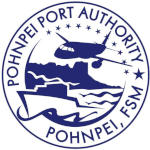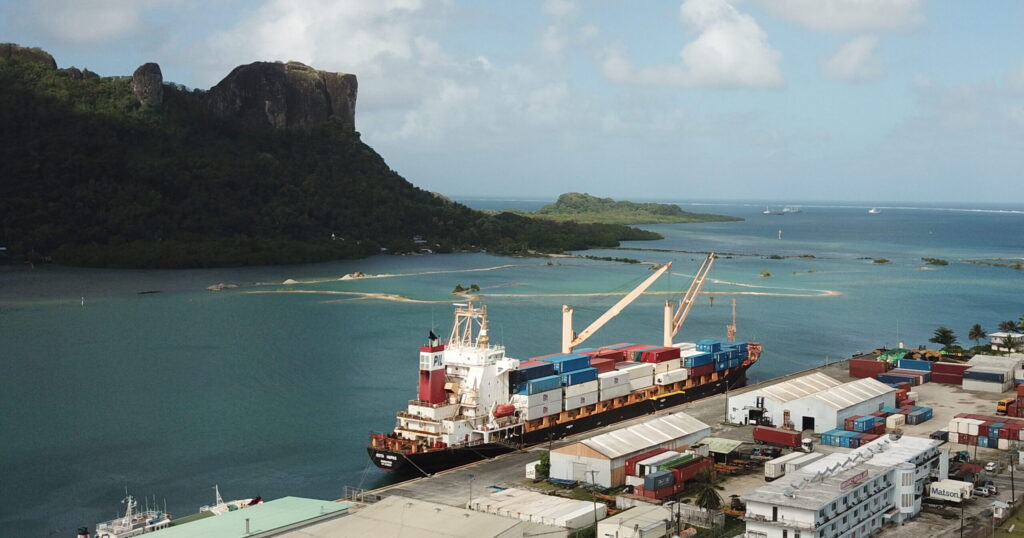
The Pohnpei International Seaport’s objectives are to plan, manage, improve and maintain seaport facilities and premises to meet the needs and requirements of shipping companies, commercial vessels, fishing vessels and other types of marine transportation. While the Seaport Division is responsible for monitoring compliance by port users of the seaport rules and regulations.
- Patrolling out to the anchorage area to check possible littering from the vessels.
- Crowd controlling during operations of Caroline Voyager, Micronesian Navigator, and Lady Minto to ensure safety of all passengers/port users and ensure security requirements are being followed.
- Manned all three gates (PPA main gate, FSCO gate & CFC gate) to the Seaport restricted areas.
- Amend of Seaport Rules and Regulations pertaining to seaport tariff.
- Provide pilot transportation to and from vessels, vessels clearing during arrival, issuance of departure clearance prior to departure of each vessel, and provide line handling services and line boat services when required.
- Daily inspection of vehicles and personnel at the International port access gate, following procedures laid out in the Port Facility Security Plan (PFSP) as required by the International Ship and Port Security Code (ISPS Code).
Port Performance
The port itself handles approximately 4-5 cargo vessels per month almost exclusively container freight with Matson and Kyowa line providing scheduled services to Pohnpei. The port also receives bulk fuel vessels once every 3 months. The port handles approximately 80 containers of freight per month. The dock is situated inside a lagoon on the North side of Kolonia. The international dock itself is physically adjacent to the fishing and domestic dock separated by a security fence. Containers must all be unloaded by vessel gantry crane as no container cranes or equipment are available at the dock. Containers can generally be unloaded at 6-10 per hour. The international port is not congested but the limited amount handling equipment used on the port could leave the port vulnerable in times of high need.Port handling equipment was in good condition but only a small number were available. Adjacent to the international dock is the fishing dock which is where tuna fishing vessels berth on the southern end of the dock. The domestic dock lays south of the fishing dock and is the home base of the three FSM government owned freight and passenger vessels the MV Caroline Voyager, the MV Micronesian Navigators and Lady Minto.
Port Handling Equipment
The port equipment is owned and operated by Federated Shipping Company Ltd (FSCO) – a private operator. The handling equipment was in good condition with a top loader and large forklifts available. Smaller forklift for movement of palletized freight are available and in good condition. The top loader moves all containers from dockside to storage and loads all tractor trailers for delivery. Consignees can also unload containers in the storage area in lieu of delivery There are no tug masters and all containers are stacked and loaded directly upon the Delivery equipment (being trailer chassis) by the single top loader. FSC maintains two prime movers/tractor for container delivery.
Container Yard

Main Storage Terminal
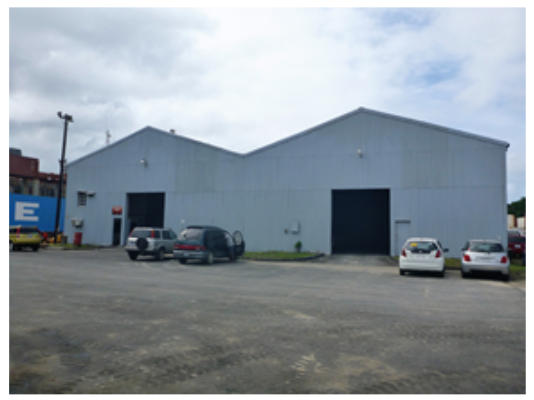
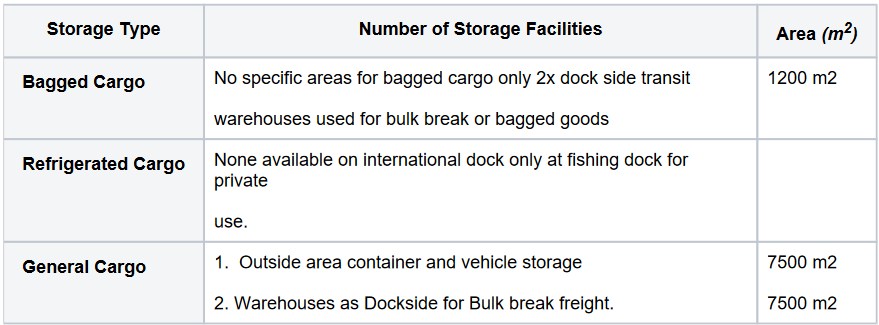
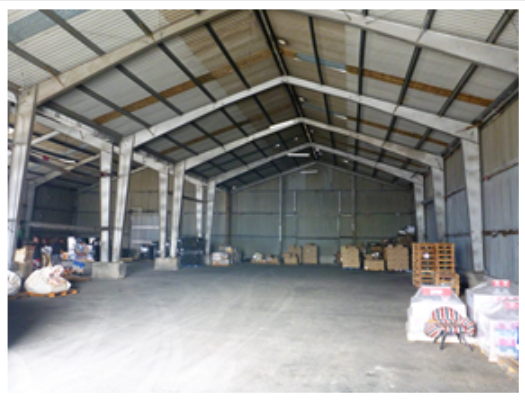
Customs Guidance
As with all states in the FSM Customs is nationally controlled and regulated through the Department of Finance and Tax Administration. DFTA Customs officers are based in each state capital and attend the port upon the arrival of each vessel. Attendance at the port is dependent on the schedule otherwise customs is located at the Government administration buildings between 8am-5pm M-F. Standard shipment documentation is required to clear customs and is processed at the port at state level. For tax and duty exemption the procedure is to obtain the exemption letter for humanitarian goods through DECEM and the Dept of Transport and Infrastructure in Palikir and for such an exemption letter to be provided with the clearance documentation at the port level ideally prior to the arrival of the shipment. Clearance time for consignment is 24-48 hours and humanitarian goods will be prioritized in an emergency provided correct documentation is complete.
